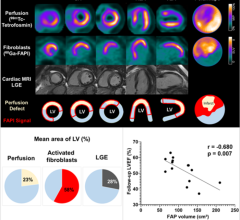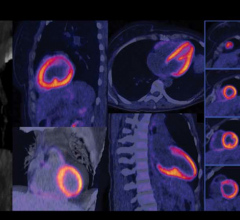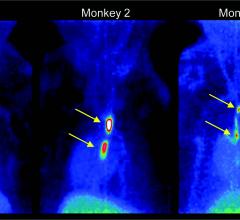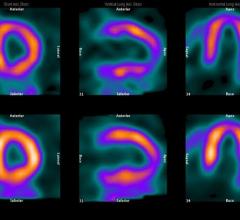
March 10, 2015 — The first annual financial results of Xofigo (radium-223 dichloride) from Bayer are in line with the MEDraysintell analysis showing that the growth of nuclear medicine in the future will come through therapeutic radiopharmaceuticals (radiotherapeutics). Revenue for Xofigo – a product used in the treatment of prostate and bone cancers – reached EUR 157 million (US$ 209 million) in 2014.
There is a persistent common belief that a key driver for future growth in the nuclear medicine market will come from positron emission tomography (PET), with, for instance, the major switch in cardiology from single photon emission computed tomography (SPECT) to PET. Recent published analyst reports continue to predict a bright future for cardiology in PET, forgetting that the leading molecule has been on hold since 2013 and that other companies involved in this domain struggle to find the financial means to complete phase III trials.
MEDraysintell suggests in its report, “Opportunities in Nuclear Medicine,” a different evolution for the nuclear medicine market, with the main driver coming from radiotherapeutics, while diagnostic radiopharmaceuticals will maintain an average limited growth. In cardiology, SPECT will continue to progress on the basis of 99mTc (despite the 99Mo shortage issue that will be solved within the next 5 years) and in PET there is only a real future for the 82Sr/82Rb generator. A real interest in PET in cardiology will arise from applications in cardiovascular diseases (atherosclerosis, vulnerable plaque). PET in neurology has proven to be of high interest, but the healthcare system cannot absorb additional costs at this stage, or at least not before associated therapies for neurodegenerative diseases are available. Oncology will remain the primary area of interest for PET imaging with the introduction of more than half a dozen new tracers on the market within the next 5 years.
For more information: www.medraysintell.com

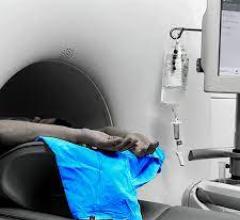
 October 05, 2023
October 05, 2023 
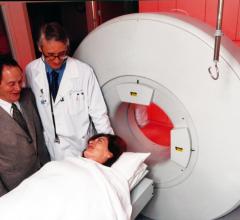
![Phase III clinical trial of [18F]flurpiridaz PET diagnostic radiopharmaceutical meets co-primary endpoints for detecting Coronary Artery Disease (CAD)](/sites/default/files/styles/content_feed_medium/public/Screen%20Shot%202022-09-13%20at%203.30.13%20PM.png?itok=2w6OoNd6)

